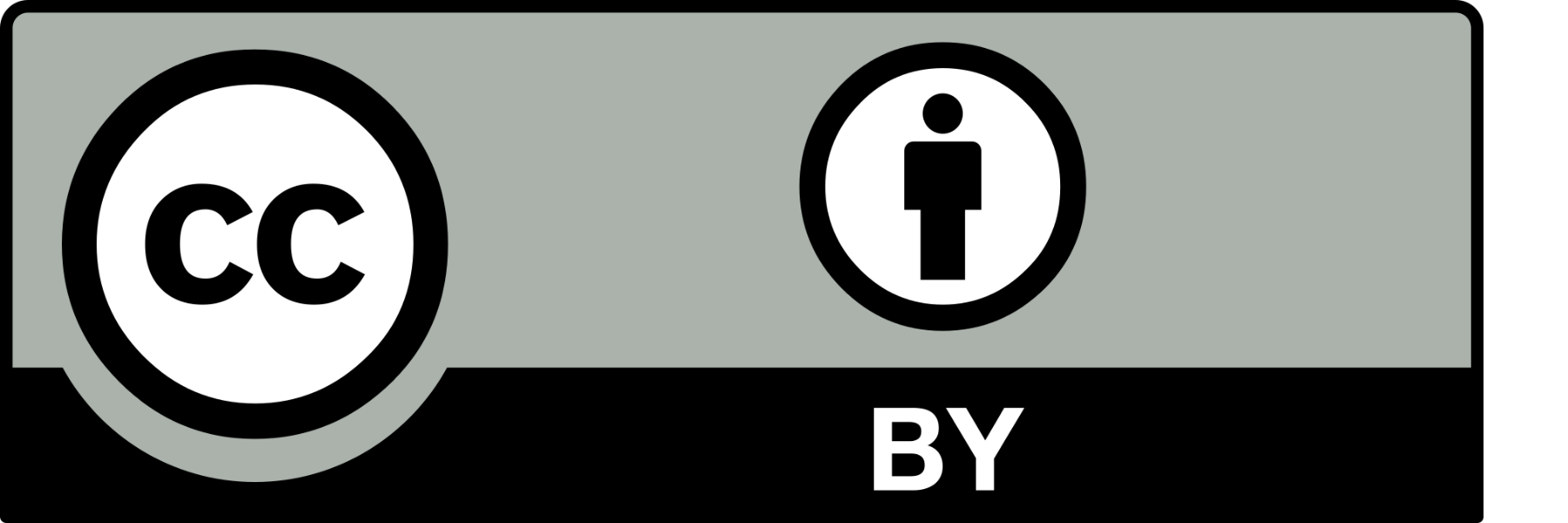

The content on this page is licensed with a CC BY 4.0 License. You are free to share, remix, edit, adapt or modify this content, as long as you provide attribution. Further permission is not required. Credit should be given to University of Massachusetts Boston's Healey Library Collections and Scholarly Communications Department.
Copyright is a form of legal protection that exists from the moment a work is fixed in a tangible medium.
Facts, ideas, principles or discoveries
Processes, procedures, methods and systems are not protected under copyright, but may be under U.S. patent law.
Works in the Public Domain cannot hold copyright and are not protected.
These exclusive rights, however, are subject to exceptions and limitations, such as fair use, which allow limited uses of copyrighted works without the permission of the copyright holder. Please visit the other sections of this guide to learn more about fair use and other copyright issues.

This Creative Commons License grants you permission to copy, modify, adapt and reuse the content on this website (in part, or in its entirety) as long as you provide proper attribution to the original creator. This page is licensed under a Creative Commons Attribution 4.0 International License. Credit should be given to University of Massachusetts Boston's Healey Library, Department of Collections and Scholarly Communications. There's no need to ask for permission.